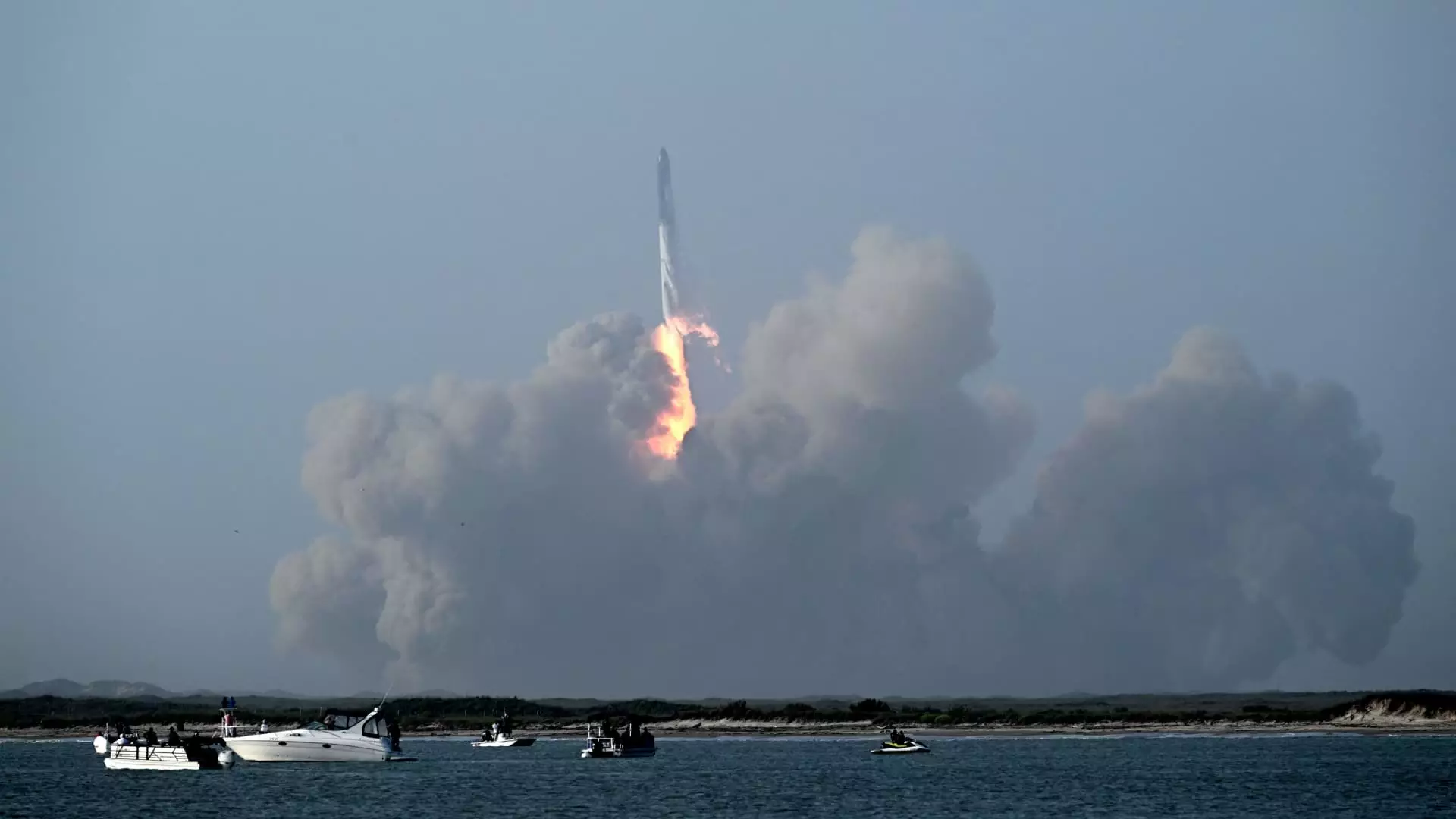After the unfortunate explosion during its first flight attempt, Elon Musk’s SpaceX has been granted permission by the Federal Aviation Administration (FAA) to proceed with the second launch of its Starship rocket. The clearance comes after a thorough safety review conducted by the FAA in collaboration with the U.S. Fish and Wildlife Service (FWS). Despite concerns about environmental impact, the FWS has determined that the previous launch did not have any long-term negative effects on the surrounding ecology. As a result, SpaceX has been given the green light to proceed with the second flight test.
SpaceX has announced that it is targeting Friday, November 17 for the second flight test of the Starship rocket. The launch window will be two hours long, starting at 8 a.m. ET. To provide a thrilling experience for space enthusiasts, SpaceX plans to livestream the Starship launch, with the webcast scheduled to begin approximately 30 minutes before lift-off.
During the initial flight attempt in April, the Starship rocket achieved flight for a brief period before exploding mid-air. The explosion caused substantial damage to the ground infrastructure, raised environmental concerns, and led to a safety review before the FAA granted permission for the second attempt. However, the FWS report released on Wednesday confirmed that the rocket launch and subsequent infrastructure damage had no lasting negative impact on the ecology of the area.
Although the FWS has given its approval, SpaceX has taken responsibility for mitigating any potential damage caused by the launch. The company will employ various measures to reduce sound waves and vibrations, assist in fire suppression, and protect the launch pad. These efforts aim to minimize any detrimental effects on the surrounding environment.
The Starship rocket holds considerable significance for both NASA and SpaceX. NASA regards the development of Starship as crucial for its plans to return astronauts to the moon. It offers significantly greater launch capability compared to any other rocket currently available.
On the other hand, SpaceX has its own ambitions in the launch and satellite markets. With Starship, the company aims to revolutionize space travel by providing a more efficient and cost-effective means of reaching orbit. Elon Musk’s decision to shift personnel and resources to the Starbase development facility in Texas underscores the company’s commitment to realizing the full potential of this groundbreaking rocket.
The FAA’s approval of SpaceX’s second flight test for the Starship rocket signifies a significant milestone for the company and the future of space exploration. With the mitigation efforts in place, SpaceX aims to address any remaining concerns and ensure a safe and successful launch. As the livestream captures the excitement of this eagerly anticipated event, the world awaits the outcome, curious to see how Starship will shape the future of space travel and fulfill NASA’s lunar ambitions.


Leave a Reply